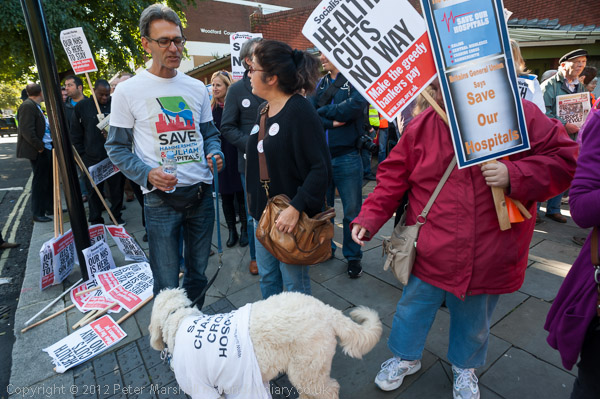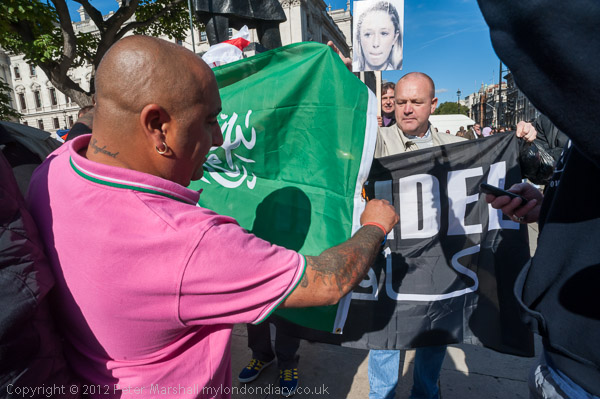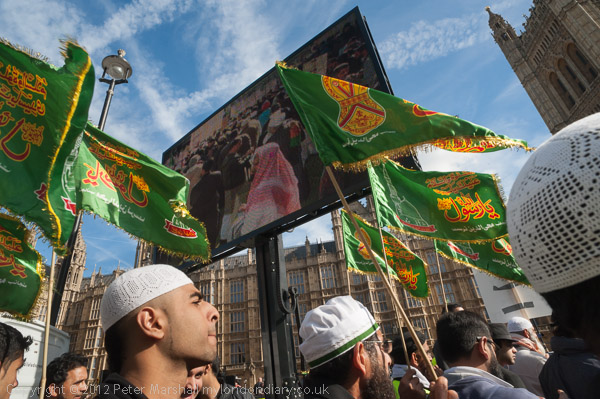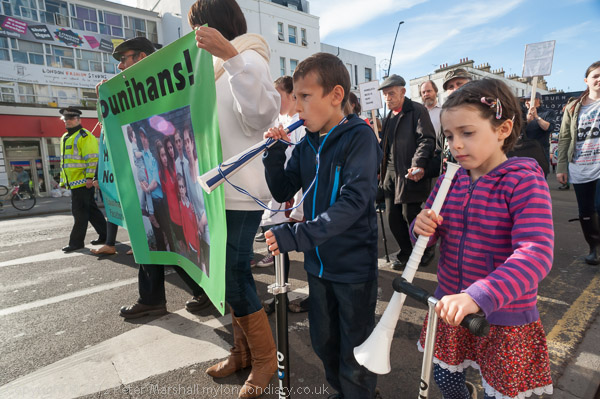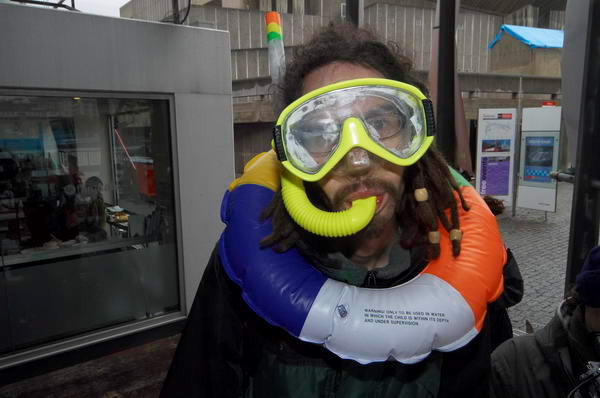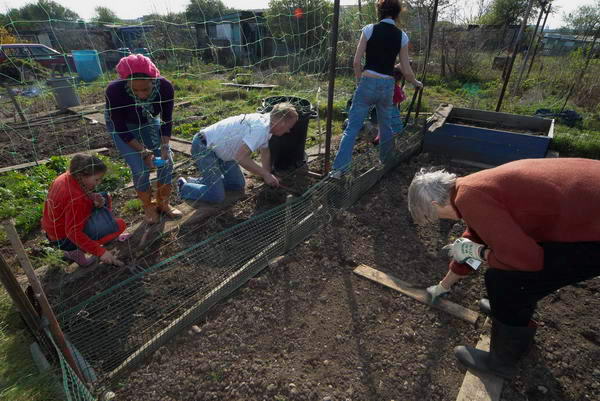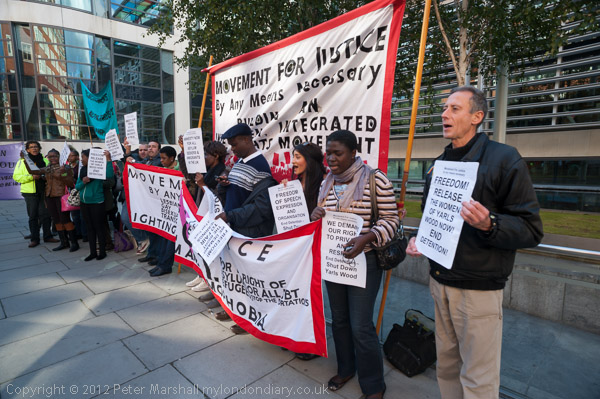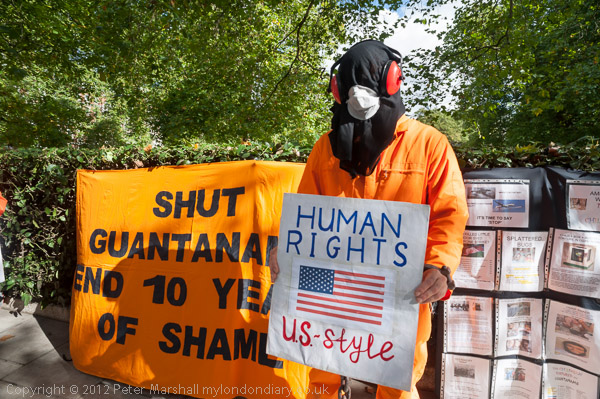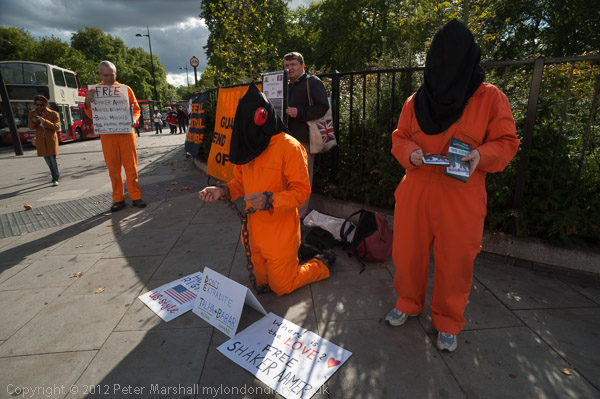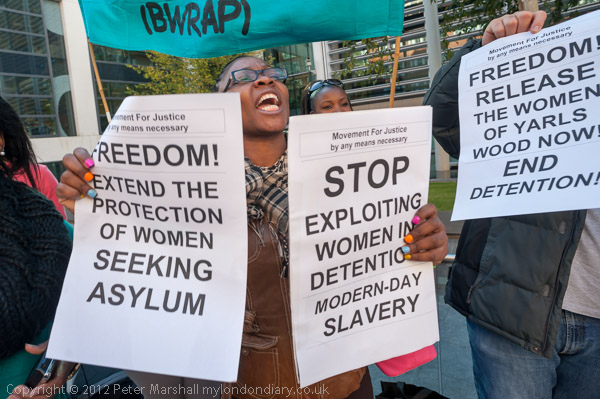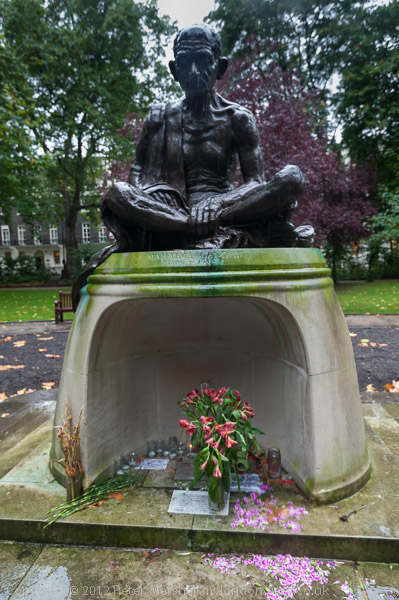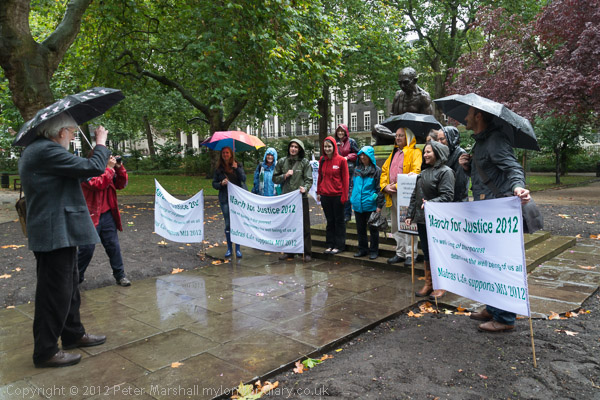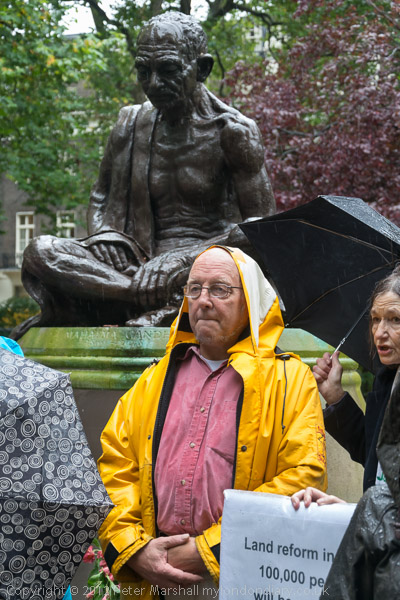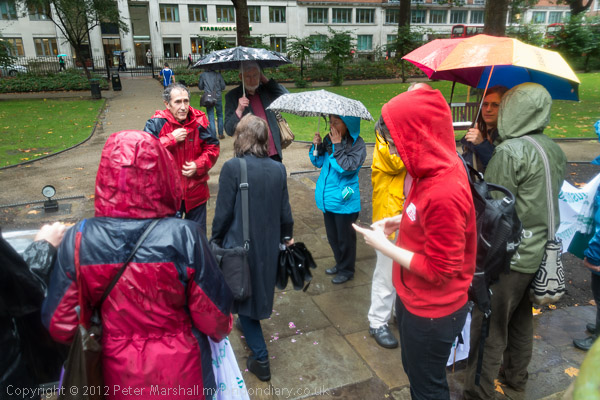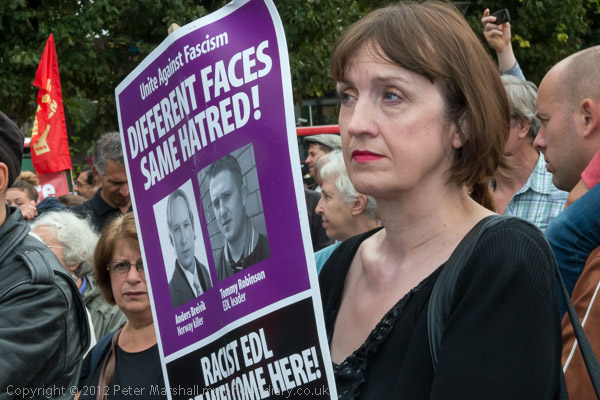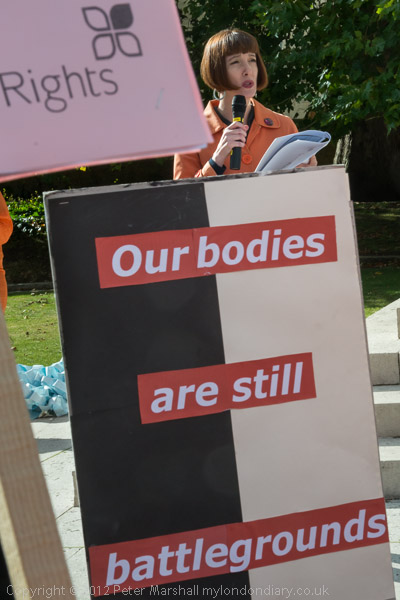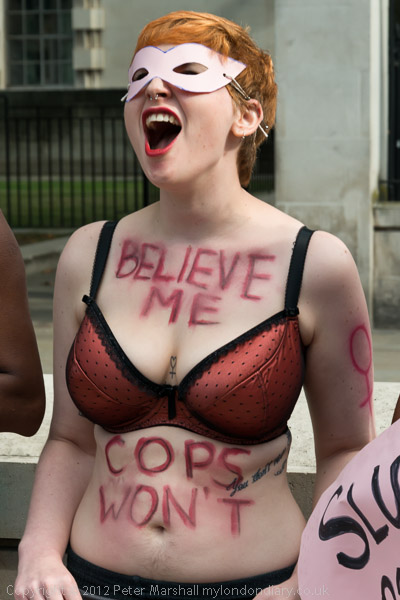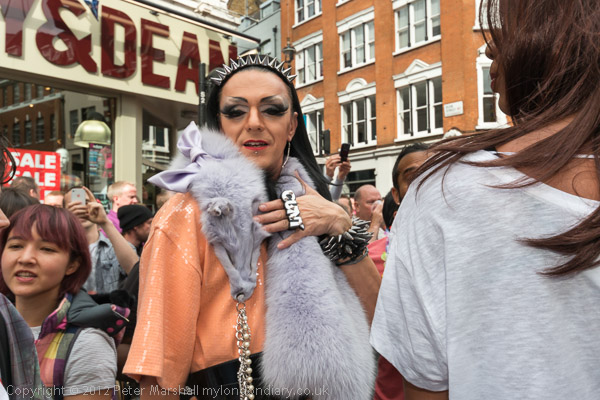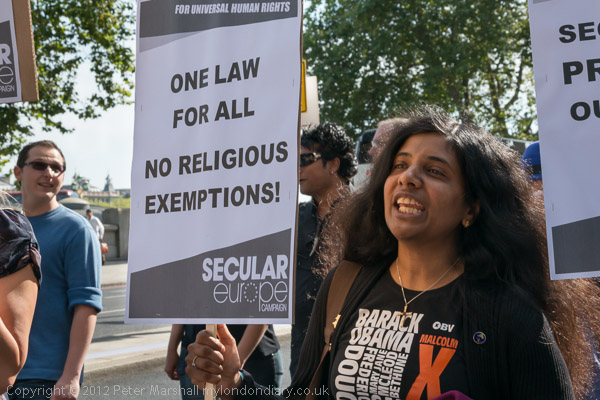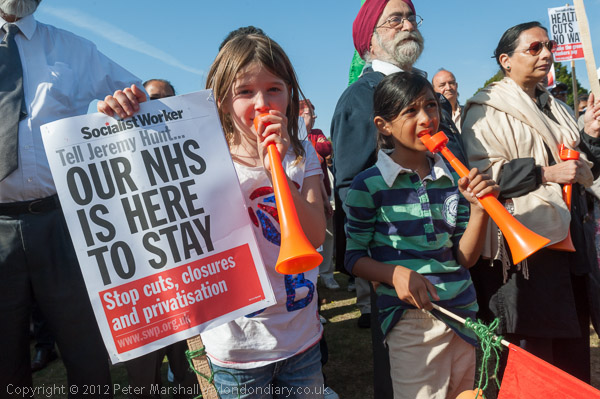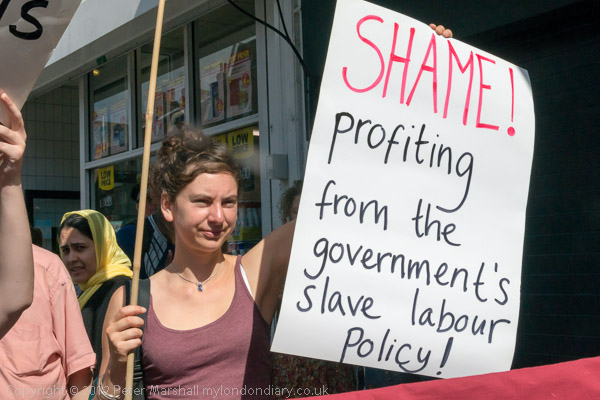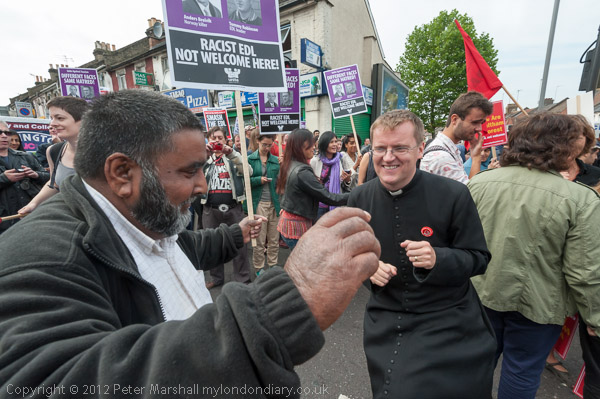Well, actually a second-hand lens, always the best way to go if you can find what you want from a reliable source at the right price. A friend happened to mention he was about to put his Nikon ED AF Nikkor 70-300mm f4-5.6 D lens on eBay, and I told him I’d be interested.
I’m not a great fan of telephoto lenses. I’ve always thought of photography as a very tactile medium and of taking things from further away than you can touch as some kind of occasionally necessary aberration. Even with landscapes, I’ve always been happier with those that at least start more or less where I’m standing, and if possible I’ve always included foreground, particularly with the panoramas. But of course there are times when you have to work from a distance, and things that only a lens with a very narrow field of view can do.
The 18-105mm DX Nikkor I usually have sitting on my D800E body actually does most of what I need, but just occasionally I want something longer. When I started working with a DSLR I had a cheap Sigma telephoto zoom, something like a 50-210mm, though I don’t remember the details. I think it cost me under a hundred pounds new and was only a DX f5.6 lens, but it gave reasonably sharp results. But it’s real value for me was it’s small size and low weight, I think around 300g.
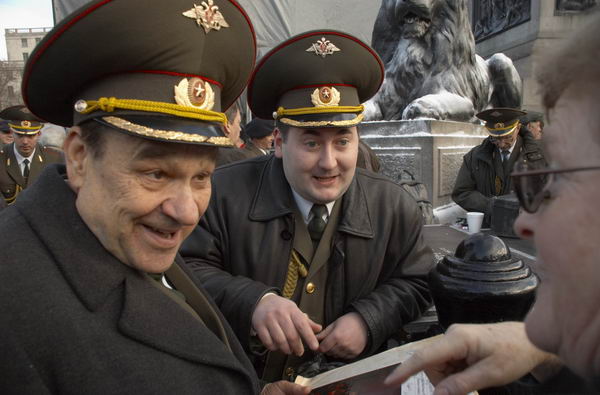
Red Army Choir members talk to a fan who had brought a 1956 record to sign
It’s also the only lens I’ve had stolen from my camera bag while I was working, otherwise I’d probably still be using it. I use a shoulder bag with an easy access zip across the top so I can just put my hand in and grab a lens or a flash, and while I’m working seldom bother to zip it up. One day in Trafalgar Square I was in a crowd photographing the Red Army Choir, using a wide-angle lens and towards the end of the day reached into the top of my bag for that Sigma and it wasn’t there. Of course I try to be more careful after this, but I did lose a SB800 flash the same way a few years later during a packed underground journey.
I tried to buy another lens exactly the same, but it had been discontinued. While its mediocre specification had attracted me it obviously hadn’t sold it to many others, and the replacements were larger, heavier and more expensive and didn’t appeal. After a while Nikon brought out its first Nikkor 18-200mm DX, which was twice the size and weight (and about 5 times the price) and I bought that; more versatile but not as sharp, it served me well until I dropped the D200 with it attached on the road photographing the front of an EDL march a few years later. The D200 survived but the lens was only fit to bin.
I tried and bought a few possible replacements, complicated by the change to FX format cameras with the D700 (and now the D800E) including a disappointing Sigma, but ended up with just using the cheap Nikkor 18-105mm. It isn’t a pro lens, and it shows in the build quality (I’m now on my third, though again I managed to drop one) and the price, but with Lightroom’s profile doing a little correction – as with all my lenses – it works pretty well. But just sometimes not quite long enough.
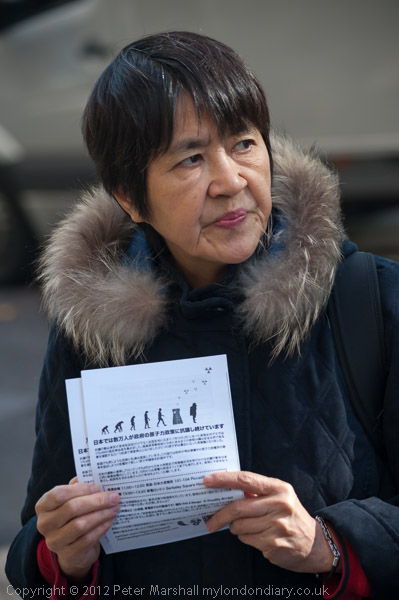
Nikkor 70-300 on D700
The Nikkor 70-300 is also not a pro lens, so it is reasonably small and light, a little over 500g and it fits neatly into my camera bag. It covers full frame, but I intend to also use it on the DX format, where it becomes a 105-450mm equivalent. At the near end it has excellent sharpness, but does seem a little soft towards the longer extreme.
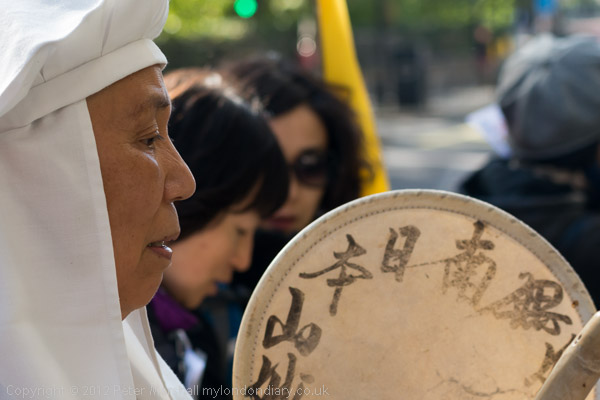
Nikkor 70-300 on D800 in DX mode
On my first day out with it I used it rather more than I will normally to try it out, taking 131 frames, almost half as many as I took with each of the 20mm and 18-105mm. The second event I covered, an anti-nuclear protestoutside the Japanese Embassy in Piccadilly and later outside the London offices of the Tokyo Electric Power Co who run the Fukushima Dai-ichi power plant, gave me plenty of time to play with the new lens, both on the D700 as an FX lens and on the D800 working in DX mode.
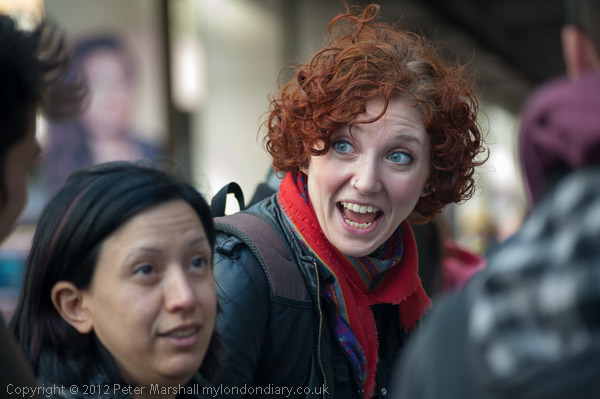
Nikkor 70-300 on D700
Later, outside the offices of G4S on the second anniversary of the killing by G4S employees of Jimmy Mubenga when they used illegal restraint techniques on the plane when he was being forcibly deported from Heathrow, I took a few more. This EXIF data shows the focal length in use for this frame, taken full frame on the D700 to be 155mm.
More about the events – and more pictures:
Solidarity with Japanese Nuclear Activists
G4S Killed Jimmy Mubenga
